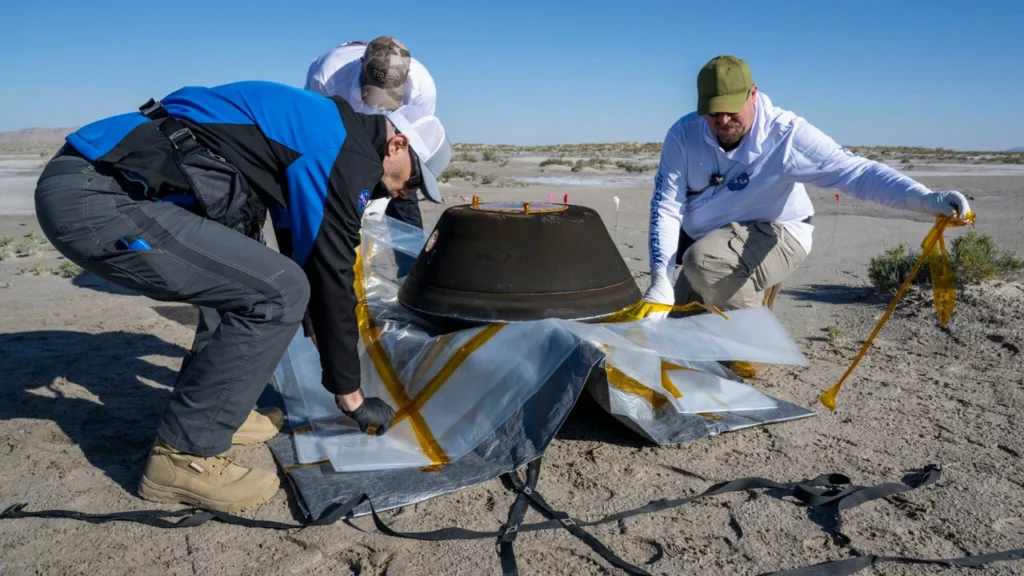A New Flashpoint in South Asia
Tensions between India and Pakistan have once again reached a boiling point.
Following the recent Pahalgam terrorist attack on April 22, 2025, which killed 26 Indian citizens and one Nepali tourist, the Indian government launched Operation Sindoor, a targeted military strike on terror camps within Pakistan-occupied areas.
This swift and bold action by India has ignited a new wave of hostilities, pushing both nuclear-armed neighbors dangerously close to a wider conflict.
What Triggered the Current Crisis?
The chain of events began with a terror attack in the scenic region of Pahalgam in Jammu & Kashmir.
Heavily armed terrorists opened fire on unarmed pilgrims, an act that India linked directly to Pakistan-based terror outfits such as Lashkar-e-Taiba and Jaish-e-Mohammed.
India’s response was clear and immediate. Operation Sindoor, launched on May 7, saw Indian Air Force jets strike nine terrorist facilities in areas like Bahawalpur, Muridke, Muzaffarabad, and Kotli.
Precision-guided munitions such as SCALP missiles were used to ensure no civilian or military Pakistani casualties, focusing solely on known terrorist infrastructure.
Pakistan’s Denial and Military Reaction
In response, Pakistan initially denied the presence of terrorist camps and instead accused India of targeting civilians—an allegation not supported by independent sources.
Tensions rose further when Pakistan retaliated by:
- Shelling Indian positions along the Line of Control (LoC)
- Launching air patrols and drone flights
- Claiming to have shot down multiple Indian aircraft, which India denied
India responded in kind by shooting down a Pakistani JF-17 fighter jet that violated its airspace.
The conflict now shows signs of moving beyond surgical strikes to full-blown military escalation.
International Community’s Response
The world is watching closely. Major powers like the United States, Russia, and France have called for calm, urging both sides to exercise restraint.
However, international sentiment largely appears to support India’s stance.
Many nations acknowledged India’s right to self-defense after a clear act of terrorism.
At the same time, there is growing concern that a single miscalculation could lead to open war between the two countries, both of which possess nuclear weapons.
Why This Time Is Different
This is not the first time India and Pakistan have come to the brink. But this time, several unique factors raise the risk:
- India’s new proactive military doctrine encourages swift response to cross-border terror
- Pakistan’s deepening internal crisis may push its leaders toward risky external distractions
- Cyber and space-based capabilities now allow both countries to strike deeper and faster than before
The rules of engagement have changed. What used to be limited to border skirmishes now includes long-range air strikes, information warfare, and drone surveillance.
The Risk of Wider War
If both countries continue down this path, a full-scale war could erupt—something neither nation can afford.
India, with its superior military capabilities, including Rafale jets, S-400 systems, and satellite intelligence, has a clear upper hand.
However, Pakistan could respond with asymmetric tactics, including:
- Terror attacks across Indian cities
- Use of proxy groups in Kashmir
- Targeted drone strikes near sensitive border areas
Any further provocation, especially involving civilian casualties, could push India to escalate even more.
Impact on Civilians and Economy
Even without war, the impact on the common people is already visible:
- Panic in border villages
- Suspension of civil flights over northern air corridors
- Stock market fluctuations in both countries
- Rising fuel prices and military spending
Both economies would suffer if the situation worsens.
India is better placed to absorb the shock due to its stronger reserves and global trade links, but Pakistan’s economy, already in crisis, could collapse under the weight of conflict.
Diplomacy Still Has a Chance
Despite the rising tension, all is not lost.
Backchannel communications are reportedly open between Indian and Pakistani diplomats.
Global powers are quietly urging both countries to de-escalate before it’s too late.
The key lies in:
- Pakistan taking credible action against terrorist networks
- India avoiding retaliatory escalation beyond terror targets
- International monitoring of terrorist activity in Pakistan-occupied areas
Conclusion: A Crucial Crossroads for Both Nations
India and Pakistan stand at a crucial point in history.
The choices made in the coming days could either lead to a dangerous war or pave the way for a new phase of deterrence and diplomacy.
India has shown strength and precision in its response to terrorism.
Now, Pakistan must decide whether it will continue down a path of denial and provocation—or choose peace by dismantling the terror ecosystem within its borders.


















